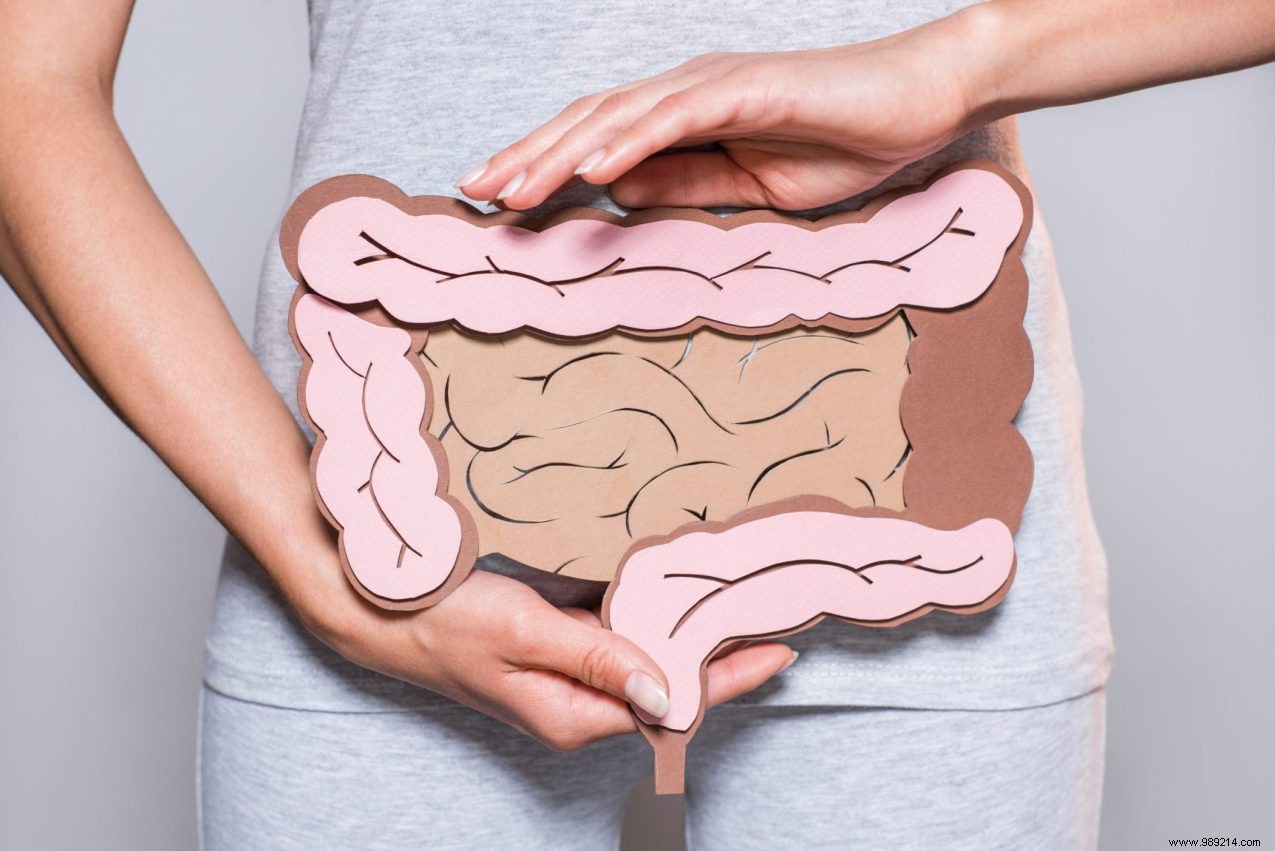
You've heard your stomach rumble, but you don't know exactly where your spleen is. In the coming weeks we will take you on a journey through the organs. How do they work exactly?
In general, you do know what your body – and everything in it, the trimmings – is doing for you. But unless you've dug deep into it or work in a profession that requires this knowledge, it's never wrong to learn a little more about your organs.
Also read:'3 tips to get through the summer fit and full of energy'
Your food and drink first enter the small intestine via your esophagus. It then continues on its journey to the large intestine. You have probably heard that important nutrients are absorbed by your intestines, it concerns the small intestine. Anything that cannot be stored properly and is not digestible travels further to your large intestine. And that – yes – you eventually poop.
The small intestine is about 5 meters long and consists of the duodenum, the empty intestine and the ileum. Those 3 are connected to each other and it is the ileum (the 'last') that is connected to the large intestine. The large intestine itself also consists of 3 parts:the appendix, the large intestine - that's how it got its name - and the rectum. The latter is the last stage before you poop.
It may sound a bit dirty, but both intestinal households are only geared to one thing:moving your food downwards. So that it leaves your body in a good way. Along the way the most important nutrients are therefore extracted and used to keep your intestinal flora healthy. Your gut has layers of muscle. And those muscles move alternately in contraction and relaxation to work down the content (read:your food).
An ingenious system! The stomach gives the food to your small intestine in mini-portions. There it is mixed with enzymes and bile, which together ensure that important nutrients such as proteins, vitamins, minerals, fats and carbohydrates can be absorbed by the small intestine. And remember when we called that ileum – part of the small intestine –? A special boy, because only the ileum is able to absorb vitamin B12. Okay, on to the large intestine:everything that is not useful and indigestible for the small intestine ends up here. The large intestine receives it as a thin mass (yeah), but ensures that the moisture and salt are removed from the mass, so that it eventually leaves your body in a thicker form (yep, poo).
Next week:all about our lungs.